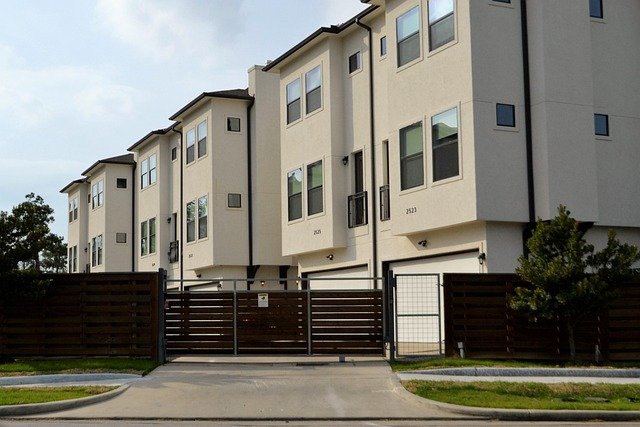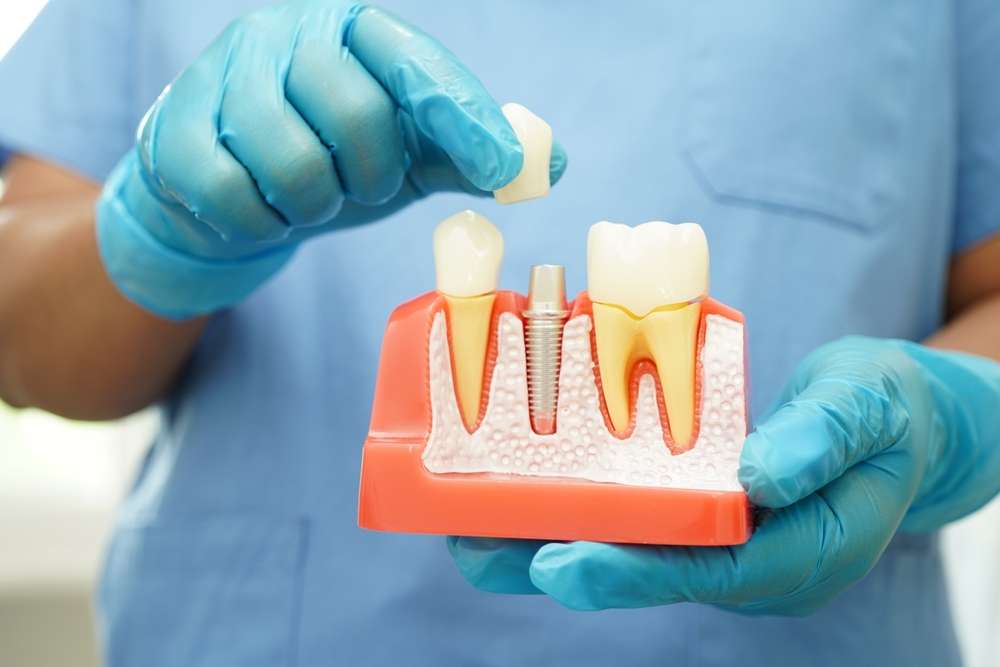Understanding Fat Removal Options: Costs and Non-Surgical Alternatives
Fat removal procedures have evolved significantly, offering various solutions for those looking to address stubborn fat deposits. From traditional surgical methods to advanced non-invasive techniques, the options available in Maidstone and beyond cater to different needs, budgets, and recovery preferences. Understanding the full spectrum of treatments helps in making informed decisions about the most suitable approach for individual body goals.
Fat removal has become increasingly accessible with advancements in both surgical and non-surgical technologies. Many individuals struggle with stubborn fat deposits that resist diet and exercise, particularly in areas like the abdomen, flanks, and thighs. Today’s fat removal landscape offers multiple approaches, ranging from traditional liposuction to innovative laser treatments and non-invasive alternatives, each with distinct benefits, recovery periods, and cost implications.
What Factors Influence Fat Removal Cost?
Fat removal costs vary significantly based on several key factors. The treatment area size plays a crucial role—larger areas like the abdomen typically cost more than smaller areas such as under the chin. The technique used also impacts pricing substantially, with surgical procedures generally commanding higher fees than non-invasive alternatives. Geographic location significantly affects pricing as well, with procedures in metropolitan areas like London costing more than those in smaller cities. Provider expertise and facility reputation also influence costs, as more experienced surgeons or prestigious clinics often charge premium rates. Additionally, costs may include pre-operative assessments, anesthesia fees, facility charges, post-operative garments, and follow-up appointments.
Belly Fat Removal Cost In Maidstone: What To Expect
In Maidstone, belly fat removal costs reflect both local market conditions and the range of available procedures. Traditional liposuction for abdominal fat typically ranges from £3,000 to £5,500, depending on the extent of fat removal required. More advanced techniques like VASER liposuction, which uses ultrasound technology for more precise fat targeting, generally costs between £4,000 and £6,500 in the Maidstone area. Non-surgical options like cryolipolysis (fat freezing) sessions start around £400 per treatment area, with most patients requiring multiple sessions for optimal results. Local clinics often offer package pricing for multiple treatment areas or sessions, which can provide better value for patients seeking comprehensive abdominal contouring.
Comparing Different Belly Fat Removal Cost Options
When considering belly fat removal, understanding the cost differences between procedures helps in making informed decisions. Traditional liposuction remains the gold standard for significant fat reduction but comes with higher costs and recovery time. Laser-assisted liposuction typically costs 15-25% more than traditional methods but offers benefits like skin tightening and reduced bruising. Non-surgical options present lower upfront costs but may require multiple treatments to achieve comparable results to surgical procedures. Additionally, maintenance treatments might be necessary with non-surgical approaches, affecting the long-term cost analysis.
| Procedure Type | Average Cost in UK | Recovery Time | Results Timeline |
|---|---|---|---|
| Traditional Liposuction | £3,500-£6,000 | 1-2 weeks | Immediate, with final results in 3-6 months |
| VASER Liposuction | £4,000-£7,500 | 3-10 days | Visible immediately, final results in 3-4 months |
| Laser Lipolysis | £2,500-£5,000 | 2-7 days | Gradual over 3-4 months |
| CoolSculpting/Cryolipolysis | £400-£800 per area | None | 2-3 months, multiple sessions needed |
| Radiofrequency Treatments | £150-£300 per session | None | 4-6 sessions needed, results after 2-3 months |
Prices, rates, or cost estimates mentioned in this article are based on the latest available information but may change over time. Independent research is advised before making financial decisions.
2025 Laser Fat Removal Cost Projections
Looking ahead to 2025, laser fat removal costs are expected to reflect both technological advancements and market trends. Industry analysts project that while base costs may remain relatively stable, newer-generation devices offering enhanced precision and reduced downtime could command premium pricing. The anticipated entry of additional providers into the market may create more competitive pricing structures, potentially benefiting consumers. Technological improvements may also reduce procedure times, potentially lowering facility costs. Experts predict that by 2025, laser fat removal may see greater insurance coverage for procedures with demonstrated medical benefits beyond cosmetic improvements, such as treatments addressing lipedema or other fat-related medical conditions.
Belly Fat Removal Without Surgery: Options and Effectiveness
Non-surgical belly fat removal has gained significant popularity for those seeking less invasive alternatives. Cryolipolysis (fat freezing) technology selectively targets and crystallizes fat cells without damaging surrounding tissues, with treated cells naturally eliminated by the body over 2-3 months. Radiofrequency treatments deliver controlled energy to heat and shrink fat cells while simultaneously tightening skin. Injectable treatments like deoxycholic acid (commonly known by brand names) can dissolve small pockets of fat, particularly effective for small, targeted areas. Ultrasound-based treatments use focused ultrasonic energy to disrupt fat cell membranes. These non-surgical approaches typically offer gradual results with minimal to no downtime, making them attractive options for those with busy lifestyles or those who wish to avoid surgical recovery periods.
Research indicates that non-surgical methods typically achieve 20-25% fat reduction in treated areas, compared to the 70-80% possible with surgical approaches. However, they offer significant advantages in terms of safety profiles, recovery time, and lower complication rates. Most patients require multiple treatment sessions spaced several weeks apart for optimal results, with maintenance treatments sometimes recommended annually to preserve outcomes.
This article is for informational purposes only and should not be considered medical advice. Please consult a qualified healthcare professional for personalized guidance and treatment.





